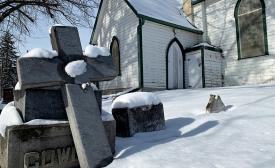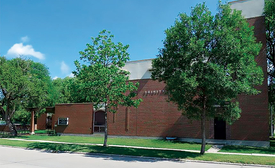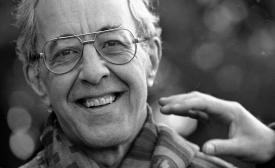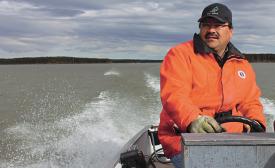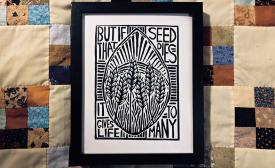Understanding absolutist views
On October 1, we launched our book, The Wall Between: What Jews and Palestinians Don’t Want to Know about Each Other, at the Charles Pachter Museum in Toronto. Guests included Jews, Palestinians and others who are interested in overcoming the enmity between the two sides that for so long have been in conflict. There was music and poetry.






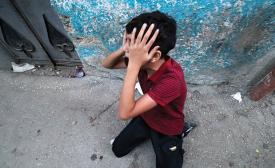
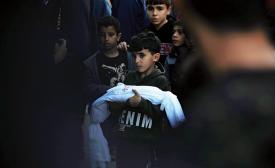



 There were nineteen beds in the hospice, that’s what I heard, most of them occupied, but I paid no attention to them.
There were nineteen beds in the hospice, that’s what I heard, most of them occupied, but I paid no attention to them.